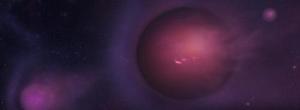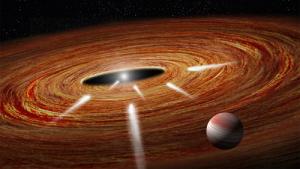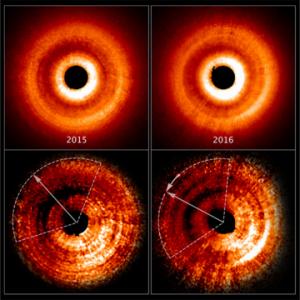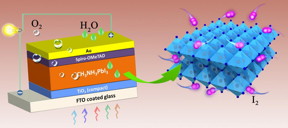Science
Researchers design one of the strongest, lightest materials known: Porous, 3-D forms of graphene developed at MIT can be 10 times as strong as steel but much lighter
Diamonds are technologists' best friends: Researchers from the Lomonosov Moscow State University have grown needle- and thread-like diamonds and studied their useful properties
Stability challenge in perovskite solar cell technology: New research reveals intrinsic instability issues of iodine-containing perovskite solar cells
Advance in intense pulsed light sintering opens door to improved electronics manufacturing
Human Rights
Visited:24,452,895
Fostering a More Humane World: The 28th Eurasian Economic Summi

Conscience, Hope, and Action: Keys to Global Peace and Sustainability

Ringing FOWPAL’s Peace Bell for the World:Nobel Peace Prize Laureates’ Visions and Actions

Protecting the World’s Cultural Diversity for a Sustainable Future

Puppet Show I International Friendship Day 2020





